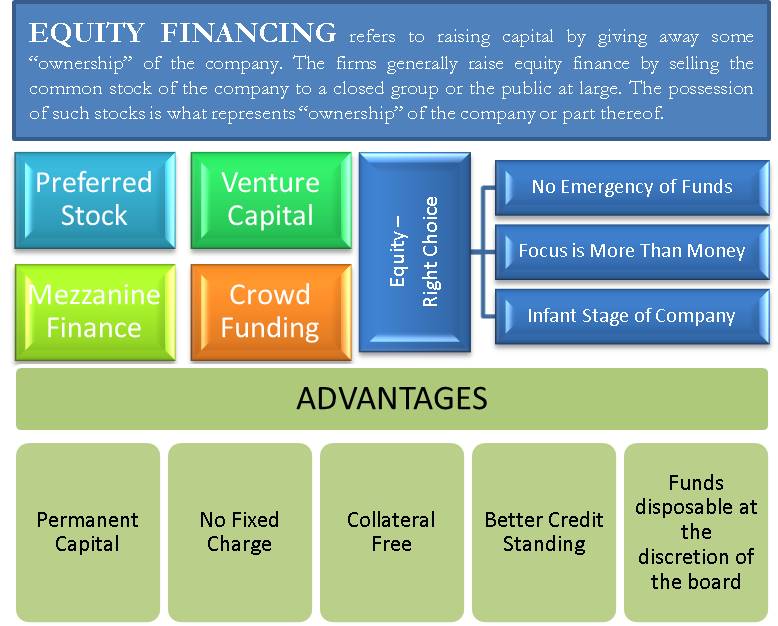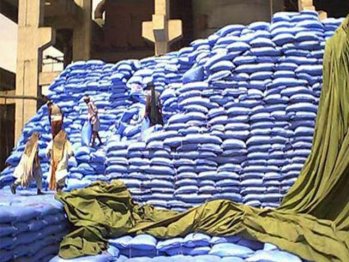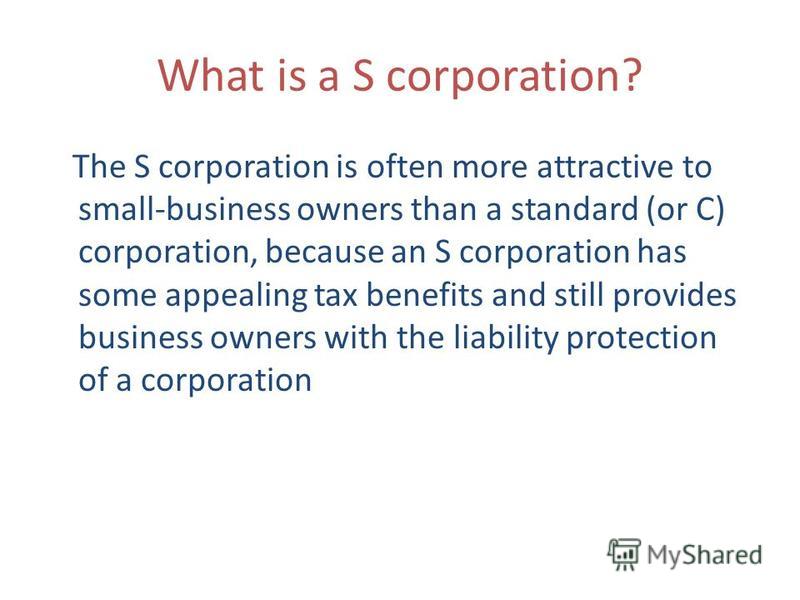
Economists employ it to understand how supply and demand change when a product’s price changes. Price elasticity of demand can be estimated as the proportionate rate of change in quantity demanded of a commodity divided by the proportionate rate of change in its price. In terms of percentage, it is defined as the percentage change in quantity demanded as a result of a one per cent increase in the price of the commodity. The price elasticity of demand for a good or service will be greater in absolute value if many close substitutes are available for it. Suppose, for example, that the price of Ford automobiles goes up. There are many close substitutes for Fords—Chevrolets, Chryslers, Toyotas, and so on.

However, the rise in demand QQ1 is greater than the fall in price PP1. If a price change for a product doesn’t lead to much, if any, change in its supply or demand, it is considered inelastic. Generally, it means that the product is considered to be a necessity or a luxury item for addictive constituents. Finally, if the quantity purchased changes less than the price (say, -5% demanded for a +10% change in price), then the product is deemed inelastic.
Types of Price Elasticity of Demand
For example, if the price of “World’s Greatest Boss” mugs falls 10% and the supply falls 5%, the PES is .5 and considered inelastic. If the price of bobbleheads increases by 15% and supply increases by 20%, the price elasticity of supply (PES) is 1.3 and elastic. The price elasticity of supply (PES) measures how responsive the supply of a product or service is when there is a change in price.

The price elasticity of demand varies between different pairs of points along a linear demand curve. The lower the price and the greater the quantity demanded, the lower the absolute value of the price elasticity of demand. The demand is relatively more elastic when a small change in price causes a greater change in quantity demanded. In such a case a proportionate change in price of a commodity causes more than proportionate change in quantity demanded.
List and explain the five categories of price elasticity of demand.
That means a unit increase in price will cause an even greater drop in demand. Theoretically, total revenue will be maximized when the price elasticity of a good equals 1 – when demand is unit elastic. The Price Elasticity of Demand for any goods measures the willingness of the consumers to buy less of the goods when the price rises and more of the goods when the price falls. Price Elasticity of Demand is one of the three types of elasticity of demand. The other two types of elasticity of demand are Income Elasticity of Demand and Cross Elasticity of Demand.

For instance, when measuring the cross elasticity between good A and B, the change in the quantity demanded of good A would be measured against the change in the price of Good B. Elasticity of demand measures the change in demand when the price or other factors change. It measures the percentage change in demand vis-à-vis a percentage change in any factor that affects demand. If the price of a good or service changes, the elasticity of demand would measure how the change in price affects the demand for the good or service. Watch this video to see graphed examples of perfectly inelastic, relatively inelastic, unit elastic, relatively elastic, and perfectly elastic demand.
Understanding Price Elasticity of Demand
The demand is said to be relatively inelastic when a proportionate change in price is greater than the proportionate change in quantity demanded. For example If price falls by 20% quantity demanded rises by less than 20% i.e 15%. The demand is said to be perfectly inelastic when a change in price produces no change in the quantity demanded of a commodity. In such a case quantity demanded remains constant regardless of change in price.
Price elasticity of demand is −1.00 all along the demand curve in Panel (c), whereas it is −0.50 all along the demand curve in Panel (d). The demand is said to be perfectly .elastic when a very insignificant change in price leads to an infinite change in quantity demanded. Likewise a very insignificant rise in price reduces the demand to zero. Price elasticity of demand (PED) is an economic indicator of changes in consumer behavior when product pricing changes. Economists use this measure to explain the effects of price changes on demand and supply and the working of the real economies. The price elasticity of demand is the most important and common measure of elasticity that is used.
1 in 4 cars sold in India today has a sunroof – IndiaTimes
1 in 4 cars sold in India today has a sunroof.
Posted: Mon, 24 Jul 2023 07:00:00 GMT [source]
Therefore, in such a case, the demand for milk is unitary elastic. Therefore, in such a case, the demand for a notebook is perfectly inelastic. The less discretionary a product is, the less its quantity demanded will fall. Inelastic examples include luxury items that people buy for their brand names. Addictive products are quite inelastic, as are required add-on products, such as inkjet printer cartridges. The more discretionary a purchase is, the more its quantity of demand will fall in response to price increases.
Types of Cross elasticity
If we are trying to determine what happens to revenues of sellers, then we are asking about total revenue. If we are trying to determine how much consumers spend, then we are asking about total spending. We can think of driving through red lights as an activity for which there is a demand—after all, ignoring a red light speeds up one’s trip. It may also generate satisfaction to people who enjoy disobeying traffic laws. The concept of elasticity gives us a way to show just how responsive drivers were to the increase in fines.
- One of the reasons that make a particular product or service inelastic is the limited availability of substitutes.
- The price elasticity of demand for bread is 5, which is greater than one.
- With a downward-sloping demand curve, price and quantity demanded move in opposite directions, so the price elasticity of demand is always negative.
Losing access to it would have massive implications on your daily life, and you’d have nowhere else to turn when that happened. You can take advantage of the actual number on the sticker for your products by providing offers at small, medium, and high levels. You won’t offer a car at $50 (unless it’s a real clunker), but you may offer a car rental program that allows you to have a smaller price point.
The denominator of the formula given in Equation 5.2 for the price elasticity of demand (percentage change in price) approaches zero. The price elasticity of demand in this case is therefore infinite, and the demand curve is said to be perfectly elastic. This is the type of demand curve faced by producers of standardized products such as wheat. While perfectly inelastic demand is an extreme case, necessities with no close substitutes are likely to have highly inelastic demand curves. This is the case with life-saving prescription drugs, for example.
Medical Nonwovens Move Forward – Nonwovens Industry
Medical Nonwovens Move Forward.
Posted: Tue, 01 Aug 2023 07:00:00 GMT [source]
This time, however, we are in an inelastic region of the demand curve. Total revenue now moves in the direction of the price change—it falls. Notice 5 types of price elasticity of demand that the rectangle drawn from point F is smaller in area than the rectangle drawn from point E, once again confirming our earlier calculation.
What is price elasticity?
Paul Boyce is an economics editor with over 10 years experience in the industry. Currently working as a consultant within the financial services sector, Paul is the CEO and chief editor of BoyceWire. He has written publications for FEE, the Mises Institute, and many others. It might be the song from your favourite artist or a new mobile phone – consumers are willing to spend more because it is a one off purchase. Paying a little extra for a one off purchase has a different psychological impact when compared to paying extra for a good that the consumer purchases every day.
On the contrary, when price falls from OP to OP1, demand rises from OQ to OQ1. The answer depends in large part on how much time we allow for a response. If we are interested in the reduction in quantity demanded by tomorrow afternoon, we can expect that the response will be very small. But if we give consumers a year to respond to the price change, we can expect the response to be much greater. We expect that the absolute value of the price elasticity of demand will be greater when more time is allowed for consumer responses. Precisely stated, price elasticity demand is defined as the ratio of percentage change in quantity demanded to a percentage change in price.
- Inelasticity is when the price fluctuations of goods and services do not change their demand.
- With cameras, violators can be certain they will be cited if they ignore a red light.
- Addicts are not dissuaded by higher prices, and only HP ink will work in HP printers (unless you disable HP cartridge protection).
- Clarity of time sensitivity is vital to understanding the price elasticity of demand and for comparing it with different products.
For any linear demand curve, the absolute value of the price elasticity of demand will fall as we move down and to the right along the curve. Finding the price elasticity of demand requires that we first compute percentage changes in price and in quantity demanded. We calculate those changes between two points on a demand curve. It is a situation where a greater change in price leads to smaller change in quantity demanded.

Comentarios recientes